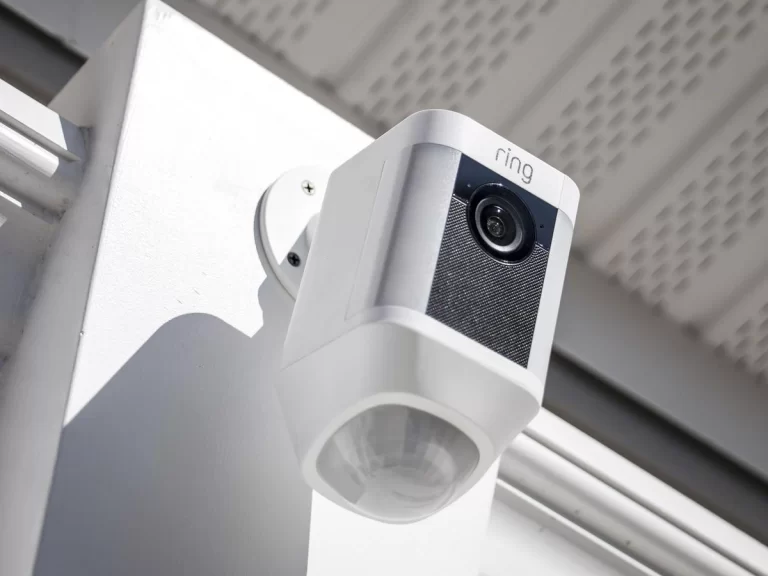What Are the Cons of Retractable Screens?
Did you know that retractable screens offer the flexibility of enjoying fresh air and natural light while keeping out pesky insects? However, like any home improvement option, retractable screens have their disadvantages.
In this article, we will explore the cons of retractable screens, providing you with valuable insights to make an informed decision for your home.
What are Retractable Screens?

Before we delve into the downsides, let’s briefly discuss what retractable screens are. Retractable screens are typically installed on doors, windows, or outdoor living spaces.
They consist of a flexible mesh material that can be easily pulled across an opening and retracted when not in use. This allows homeowners to enjoy unobstructed views and ventilation while maintaining protection against insects and debris.
What are the Cons of Retractable Screens?

Read before you buy. Here are some limitations of a retractable screen:
1. Limited Durability
One of the drawbacks of retractable screens is their limited durability compared to traditional fixed screens. The constant pulling and retracting motion can lead to wear and tear over time.
The mesh material may become loose, develop holes, or even tear, requiring repairs or replacement. It’s important to invest in high-quality retractable screens to mitigate this issue.
2. Higher Cost
Retractable screens are generally more expensive than standard fixed screens. The added features and mechanisms that enable their retractable functionality contribute to the higher cost.
Additionally, professional installation is often required, further increasing the overall expense. Homeowners on a tight budget may find this aspect of retractable screens prohibitive.
3. Maintenance Requirements
While retractable screens offer convenience, they also require regular maintenance to ensure optimal performance. The mesh material needs to be cleaned periodically to remove dust, dirt, and debris that can accumulate over time.
Failure to maintain the screens properly may result in reduced functionality or decreased lifespan.
4. Limited Protection Against Harsh Weather
Another drawback of retractable screens is their limited protection against harsh weather conditions.
Unlike fixed screens or solid doors/windows, retractable screens may not provide adequate insulation during extreme temperatures or severe weather events.
This can affect the comfort level inside the house and potentially increase energy consumption.
5. Mechanical Failures
Retractable screens rely on mechanical components such as springs, tracks, and rollers to operate smoothly. However, these components can experience wear and tear or malfunction over time.
If a mechanical failure occurs, repairing or replacing the faulty parts can be costly and time-consuming. Homeowners should consider the long-term maintenance and potential repair costs associated with retractable screens.
6. Limited Privacy
While retractable screens offer ventilation and visibility, they may compromise privacy. The mesh material used in these screens is often semi-transparent, allowing people outside to see into your living space.
This can be a concern if you value your privacy or live in a densely populated area.
7. Installation Limitations
Installing retractable screens may require modifications to your existing doors, windows, or outdoor living spaces. Certain architectural features, such as uneven surfaces or limited mounting space, can pose challenges during installation.
It’s essential to assess the feasibility and compatibility of retractable screens with your home before committing to the purchase.
Conclusion
Retractable screens provide homeowners with the flexibility to enjoy fresh air and outdoor views while keeping insects at bay. However, it’s crucial to weigh the pros and cons before deciding if they are the right choice for your home.
By understanding the cons of retractable screens, you can make an informed decision that suits your lifestyle, preferences, and budget. Remember to prioritize quality and seek professional advice for the best possible outcome in enhancing your living space.
READ ALSO!!!






